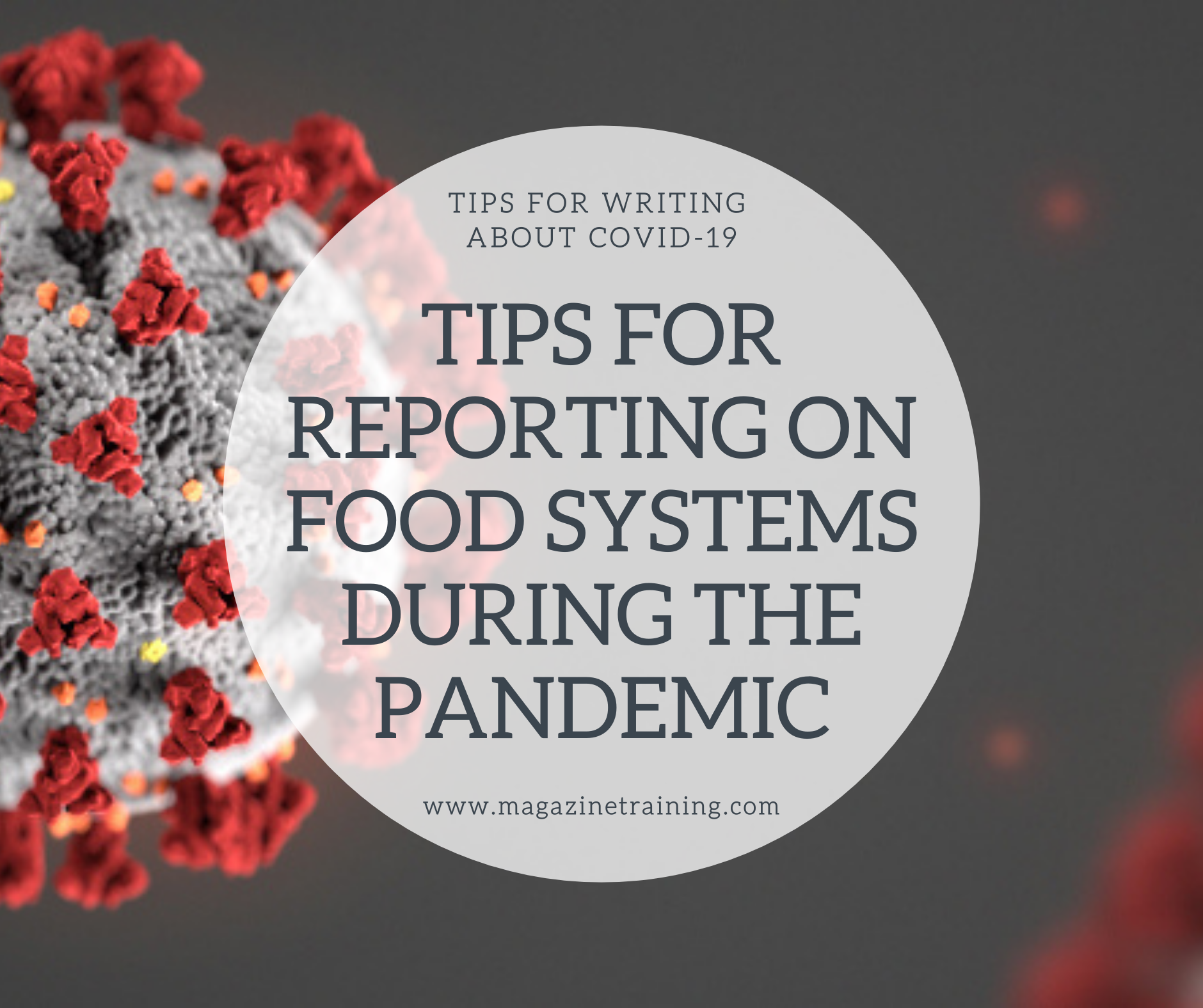
When reporting on malnutrition and hunger, understanding food systems is essential. Food systems are composed of a variety of interconnected factors, each influencing the availability of food to the public. Disruptions or changes to any aspect of these systems can have immediate, costly consequences.
Factors at play in food systems include farmers, food distributors and consumers. Understanding these moving parts is key to effectively reporting on the issue.
The economic consequences of the COVID-19 pandemic have made it more difficult for people to afford food for themselves and their families, resulting in increased food insecurity. Job losses, among other economic hardships, have affected the choices people are able to make regarding their food. Lockdowns and other mitigation policies enacted to prevent the spread of the virus have further impacted food systems, resulting in price increases on food and food shortages. The global health crisis has, in addition, forced governments to shift their focus from addressing food insecurity to pandemic recovery efforts.
The coronavirus has highlighted the need to report on these changes and how people have been directly affected by them. During an ICFJ webinar entitled “Malnutrition, Food Systems and Public Policy,” Dr. Agnes Kalibata, Special Envoy of the UN Secretary General to the 2021 Food Systems Summit, provided insight into the relationship between food systems, food security, malnutrition and the environment.
(1) Connect the pandemic to the current state of food systems.
There was little interest among the public in food systems before the pandemic, Kalibata noted. This changed as the virus aggravated issues around food access and security.
“The reason it was easy for people to pique interest [in the issue], and try to understand it, is the link between the COVID-19 crisis and the food system,” she said.
These changes have shined a light on the dynamic, changing factors that impact what we eat. Reporting on related food system topics and issues is critical to capturing the attention of your audience, as a result.
(2) Highlight human interest stories.
Reporting on the direct sources of our food creates a more personal connection for the audience. This allows readers to understand how their food is made and who is working behind the scenes to provide them with sustenance.
Covering stories about farmers, workers and others using the land helps inform the public about the interconnectedness of people, food and the planet. This adds vital context to your reporting on food systems.
(3) Include information about the policies that affect food systems.
It’s important to address public policy and how it may change in the future, when reporting on disruptions to food systems. Through this coverage you can highlight problems and identify solutions to them. For example, in response to drought conditions, Kalibata described how Malawi responded by relying on the orange sweet potato as an essential, nutrient-providing crop.
by Emma Manring and Taylor Dibbert, International Journalists’ Network
Related posts
Category: Uncategorized
Malnutrition is a health crisis affecting millions around the world — and one becoming more urgent as the pandemic continues. Its impact is not just represented in […]
Magazine Training International’s mission is to encourage, strengthen, and provide training and resources to Christian magazine publishers as they seek to build the church and reach their societies for Christ.

